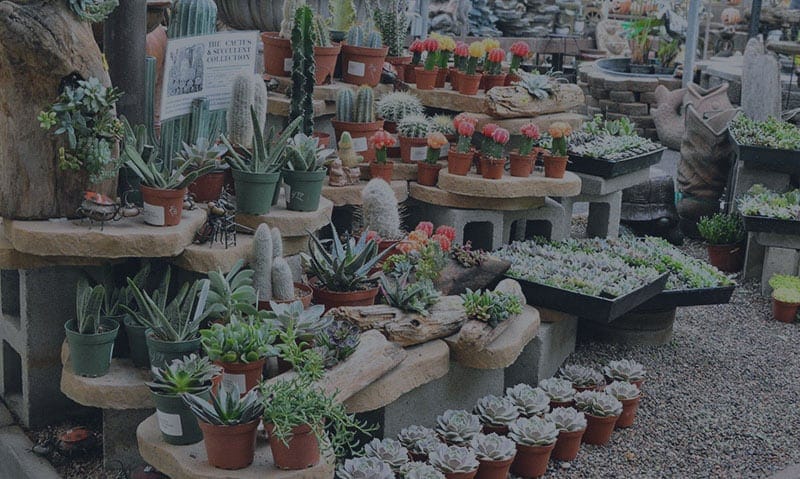Newsletter Articles
What is The Drip Line?
By Richard Flowers- CCNP- Green Thumb Nursery- Ventura
Last week I mentioned a very important keyword called the drip line. Just what is the drip line and how it is important? Imagine a tree or shrub is like an umbrella. When it is raining and you have an umbrella, you stand directly under it, and you remain dry. The outer edges of the umbrella are where the water drips off. The same principle applies to plants. The farthest extent of the leaves and branches is the drip line. During the rainy weather if you stand directly under a tree you will notice it is much drier than if you were not under the tree. For example, lets say you have a tree that is 15 feet tall and 15 feet wide; the branches extend out 15 feet. That is where the drip line of the tree is.
The drip line and extending several feet beyond is where you apply your water and your fertilizer. The ground beneath the drip line is called the drip zone. Basically what you see above ground is more or less what is below ground and then some. The drip line contains small root hairs (feeder roots, rootlets); these root hairs are what bring up water and nutrients to the plant. These root hairs are not located next to the trunk; this is not where you water and fertilize. If you water next to the trunk your likelihood of developing rot is greatly increased. You need to also remember, when you water deeply, the water is applied where drip line of the plant is and extending out several feet beyond the area of the drip line. (See last weeks article on deep watering).
Large tree roots are usually in the top 6-24 inches of soil. These larger roots primary function is for tree anchorage and storage of carbohydrates. Feeder roots usually extent off these larger roots from the sides and ends. Feeder roots are crucial in water uptake in the plant. These tiny 1/16 of an inch roots grow upward from the larger roots near the soil surface and extend outward past the drip line. These feeder roots absorb moisture from the soil.
The feeder roots play a vital role in water uptake. It would be important to understand how water is absorbed by a plant so you have a better concept about the interaction between the dip line and watering efficiently during time of drought. In the broad simplest terms, when water is applied to the soil at the drip line, it seeps down gradually to the root zone where the feeder roots are. The water continues to seep down until each layer of soil is filled to field capacity before approaching the next layer. This is called the Wetting Front. Field capacity is the amount of moisture content in the soil after excessive water has drained away and the rate of downward movement is decreased. Water moves downward through sandy (coarse) soils faster than clay (finer) soils. Water from the wetting front, moves into the root zone, into the stems, and leaves of the plant by tiny tubes that are like straws that suck the water up throughout the plant into the leaves. These structures are called the xylem. The leaves have tiny microscopic openings called stomata. Water vapor loss through the stomata is called evaporation. Excessive loss of water due to evaporation is called wilting, unless constant water is applied to provide absorption by the root zones feeder roots. Then process starts all over again.
See our nursery staff, we would be happy to assist you with any of your gardening concerns and questions.
Do you like what you see? Sign up for our weekly newsletter to get content like this every week!


